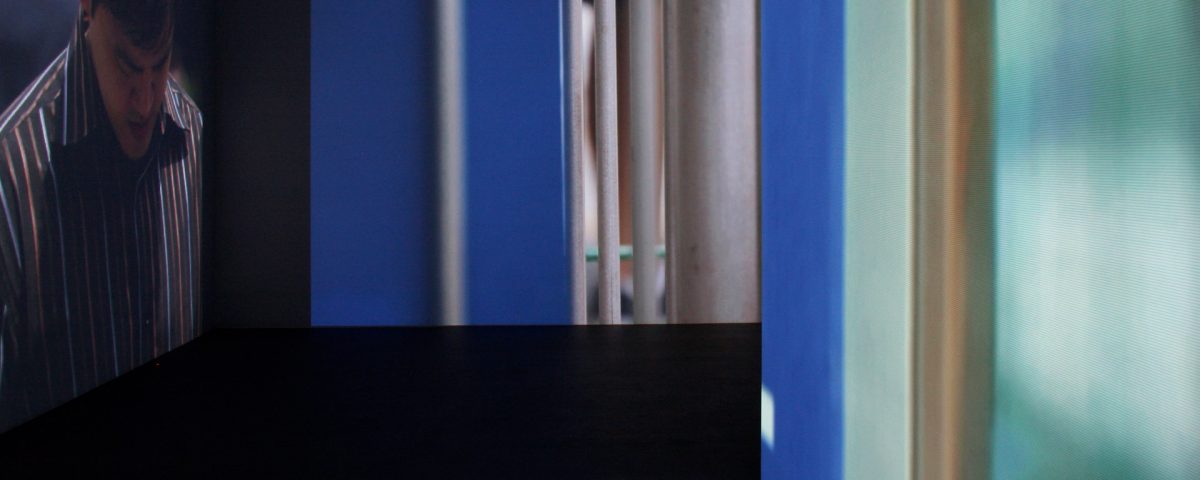
BEAT STREULI
05/11–23/12/2011
Beat Streuli has become known for his captivating street portraiture, which overthe years has documented the anonymous urban citizen in various cities all over the world, from Sydney and Tokyo to Athens and New York. Streuli’s photographs have systematically – unflinchingly, even – focused on ordinary street dwellers, and the contemporary ‘flaneurs’, or ‘heroes of modern life’ going about their daily business. The heterogeneity of the crowd, as written about by Baudelaire among others – as the central component of the cultural dynamism of modernity – and the position of the individual in the crowd, lies at the core of Streuli’s practice. The artist works with a variety of presentation media, from large-format colour photographs, and slides with dissolve technique, to video depending on which aspects of movement, rhythm and time he wishes to highlight.
The central piece of the recent show is the new HD projection “Border Lines”, 2011. This imposing, 3 part floor-to-ceiling projection combining still and moving images focus on a succession of images of a wide variety of hard, sturdy, well-fortified surfaces of the urban surroundings: from the edges of a car’s bumper, the corner of a skip, a fragment from a billboard, to a street barrier, a metallic grill, the lettering on a truck, rubbish on the asphalt. Interspersed in between all these images of the city’s hard edges are photographs of its dwellers going about their daily business. All in all, these images constitute a generic portrait of the inanimate objects and structures that characterise the modern megalopolis, while at the same time they also hint at the latent hostility and aggressive nature of the large city and its capacity to engender human alienation.
Streuli´s camera freezes or distills the flow of everyday life, the incessant movement of people in the city, reflecting on daily reality from an entirely anthropocentric perspective. Photographing from an unobtrusive distance, with the use of a telephoto lens, the artist captures his subjects in an unguarded state, bringing them in close proximity to the viewer, accentuating their physical presence in space, and lending them an iconic aura which transcends the ordinariness of the scene portrayed. Yet the scene, what occurs in the photographic frame, always remains entirely plausible, pragmatic, and rooted in reality. Perhaps because most people are caught unawares, and are thus unselfconscious, Streuli manages to present an impressive range of expressive results but also to intimate the feeling of alienation, detachment and – at times – the sense of drifting that pervades a large part of the contemporary urban experience. (Based on exerpts from a text by Katerina Gregos)
